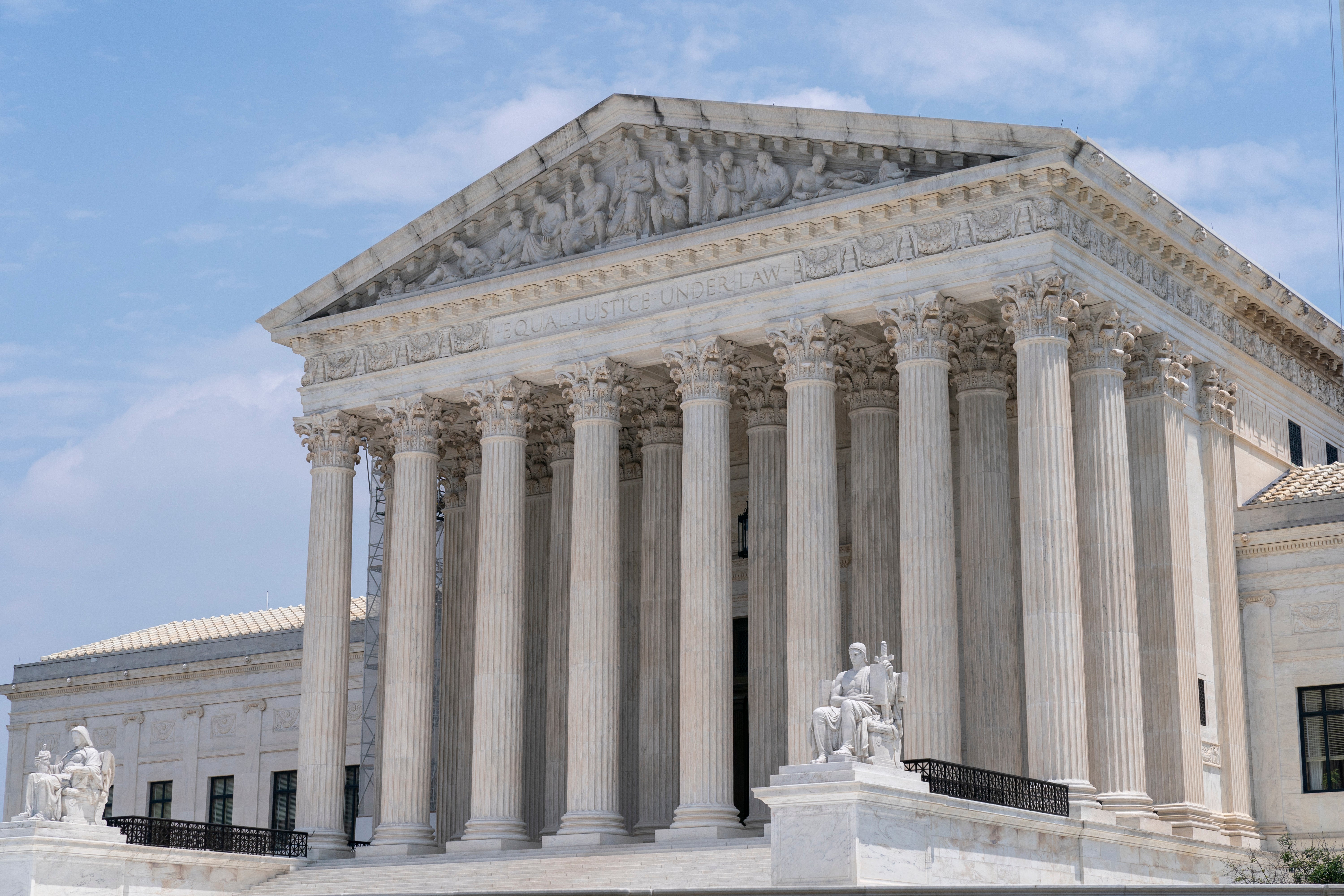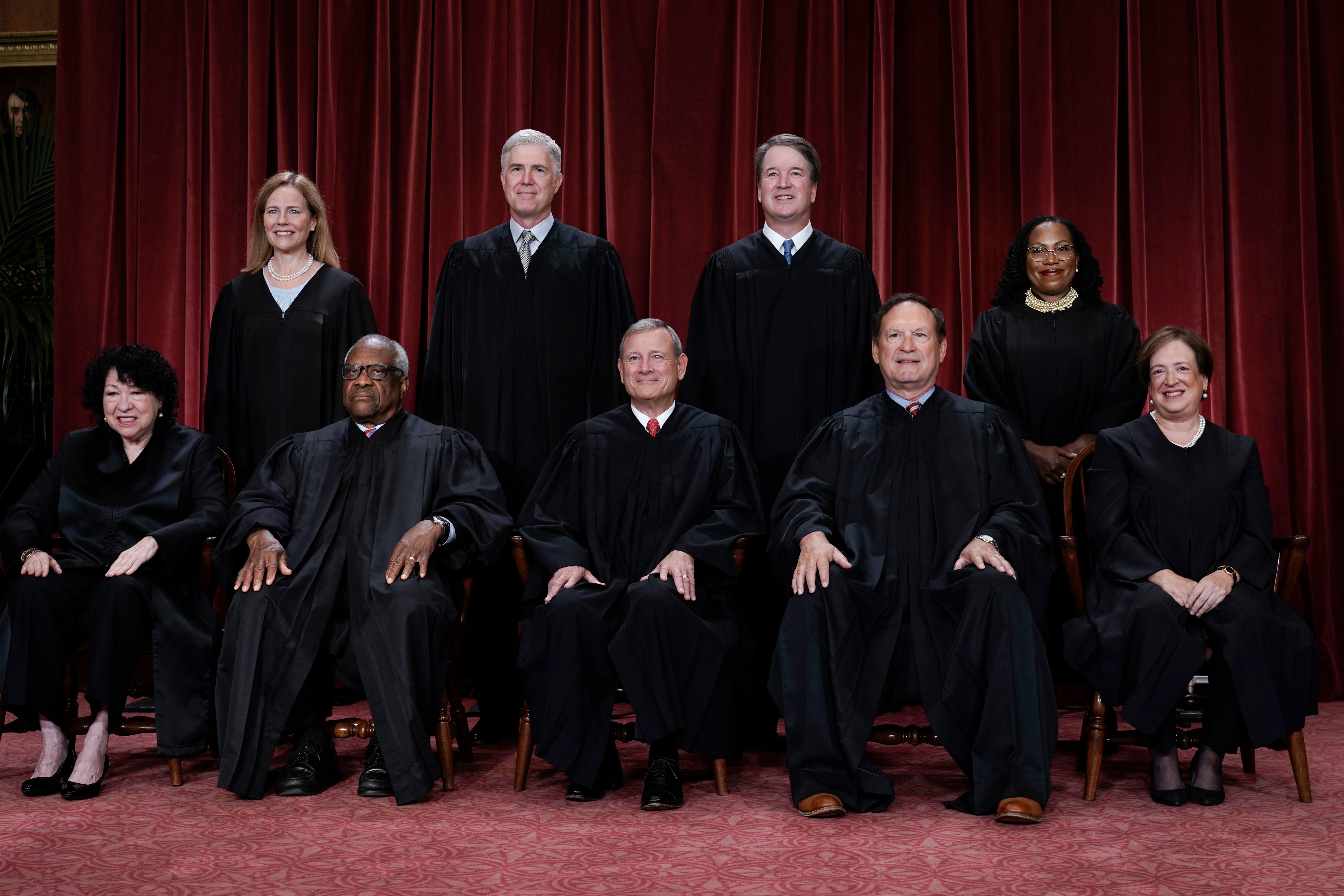The Supreme Court risks inflaming the prejudices that America sought to banish
First abortion, now affirmative action. The highest court in the US, with a Trump-imposed conservative majority, is rowing back on legislation that has been established for decades. Now, writes Andrew Feinberg, these justices risk repercussions that go beyond the law


Just over a year after the Supreme Court voted six to three to overturn half a century of federally guaranteed reproductive freedom for American women, those same six Republican-appointed justices have given the conservative legal movement another watershed victory.
This time, the matter in which the court’s conservative supermajority flexed its judicial muscle was one of race-based preferences in college admissions.
For decades, US courts have allowed admissions officers at institutions of higher education to give at least some consideration to the race of prospective students when assembling the class of those who will be permitted to matriculate at the beginning of each academic year.
Relying on a string of precedents dating back to a 1978 case – Regents of the University of California v Bakke – in which the court found that strict racial quotas violated the law but the use of broader affirmative-action policies to increase minority enrolment did not, American colleges and universities have steadily grown the percentage of non-white students admitted to their institutions, making earnest efforts to encourage minorities to apply for admission and giving at least a modicum of weight to applicants’ racial backgrounds, in order to prevent incoming classes from looking so monochromatic as to hark back to the days when de jure segregation was the rule.
And for just as long, American conservatives have sought to roll back such efforts on the grounds that attempting to increase the number of non-white students by definition disfavours white students in a way that mirrors the unlawful discrimination that the affirmative-action programmes at issue have been attempting to remedy.
Now – or at least for the next generation of prospective students – institutions of higher learning will not be able to consider race at all when evaluating individual applicants or the overall make-up of incoming classes.
The ruling was based on a pair of challenges to admissions policies at two of the most prestigious institutions in the US, Harvard College, which is a private university, and the state-affiliated University of North Carolina.
At each of these schools, the racial background of Black and Latino applicants could be considered a positive factor in favour of admission, with the goal of ensuring that each incoming class has a diverse make-up that reflects the diversity of the US as a whole.
One would think such a goal would be laudable, particularly in light of practices, legal and otherwise, that severely limited the upward mobility of non-white Americans by restricting their access to elite schools and the benefits that come with attending such institutions.

Yet for decades, conservative activists have sought to roll back those affirmative-action programmes, not only in higher education but in both public and private sector employment.
To be sure, many of the proponents of the court’s decision have principled and well-founded reasons for wanting to see racial preferences curtailed. One such person, conservative attorney George Conway, took to Twitter shortly after the court’s opinion became public to admonish critics to “take a look at the facts of these ‘affirmative action’ cases, in particular the outrageous facts of the case from [his] alma mater, Harvard”.
“Race wasn’t just a ‘factor’ in the mix. Asian-Americans were systematically denied admission because of their race, and everyone should stop pretending otherwise,” he wrote.
Conway, a veteran litigator who has argued – and won – cases before the high court, later added that the court’s decades-old Bakke ruling “was fanciful, unworkable, insidious, and incompatible with equal protection of the laws, and with federal law that, in words plainer than day, bars racial discrimination of *any* sort”.
And according to a plain reading of the statute at issue – the 1964 Civil Rights Act – it’s hard to argue that Conway is wrong on the law.
Indeed, Title VI of that landmark legislation does state that “no person” in the US “shall, on the ground of race, [colour], or national origin, be excluded from participation in, be denied the benefits of, or be subjected to discrimination under any program or activity receiving federal financial assistance”.
But even if one is inclined to accept that a plain reading of US law bars any racial preference in admissions, it’s hard to ignore a more troubling pattern.
In both this case and the Dobbs case that ended the federal right to abortion, the Supreme Court was relitigating matters that, for better or worse, have been settled law in America for decades.
On abortion and affirmative action, the court had for years handed down a string of increasingly narrow opinions that may have limited reproductive rights and the way colleges could apply race in admissions, but preserved the central holdings in the seminal cases they’ve now overturned, first Roe v Wade and Planned Parenthood v Casey, and now Bakke and the 2003 case of Grutter v Bollinger.
In both instances, the only thing that has changed in the intervening years has been the make-up of the court, and even though the majority installed under Donald Trump has been presented with fact patterns on which prior iterations of the court had already ruled, the majority chose to cast aside those prior decisions rather than heed the legal principle that courts should abide by their own prior rulings to foster a climate of stability.
The result has been a string of victories for conservatives, as well as a concurrent low point in public approval of an institution that was once held in the highest regard by the vast majority of Americans.
And unlike the Supreme Court of decades past – an institution that became known over the latter half of the 20th century as a protector of minority rights – the effect of the current court’s jurisprudence has been to roll back much of what was done to expand rights in the 1970s.
Such a pattern may be of no concern to conservative legal scholars who espouse colour-blindness, but rolling back the progress in equality for women and minorities may well embolden the hateful prejudices and outright discrimination the courts of yesteryear sought to banish from the public square.
Join our commenting forum
Join thought-provoking conversations, follow other Independent readers and see their replies
Comments

Bookmark popover
Removed from bookmarks